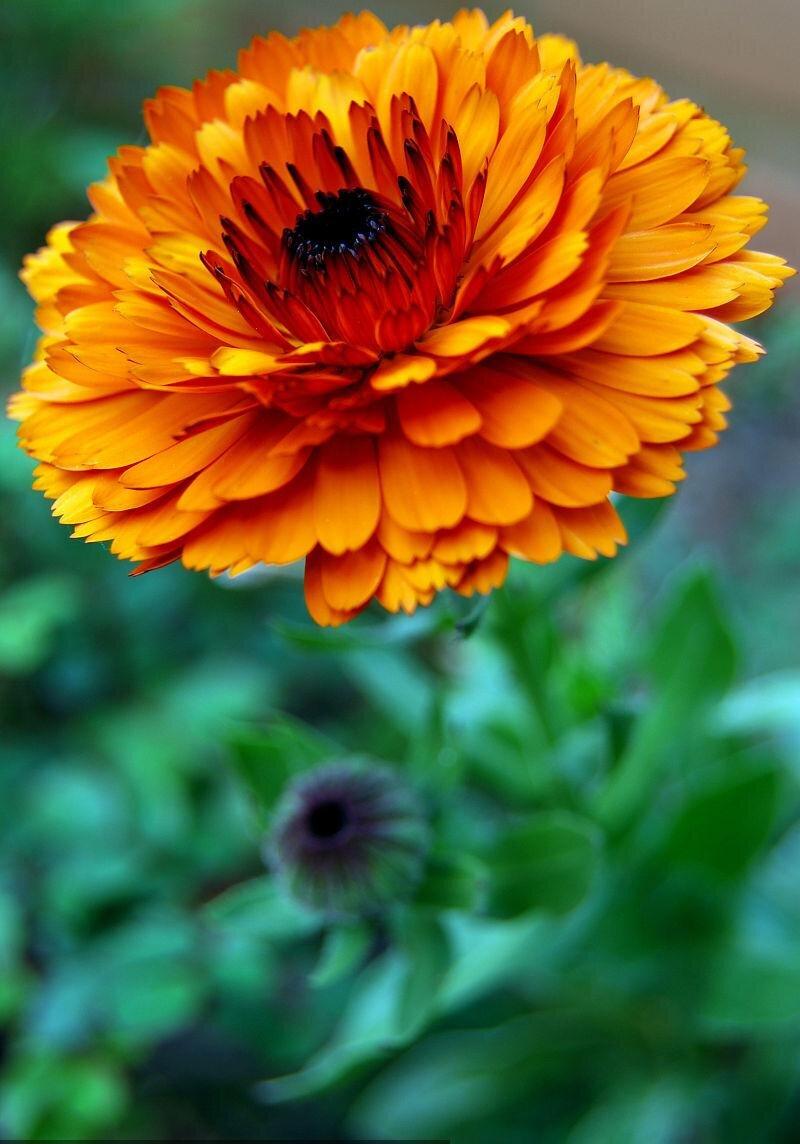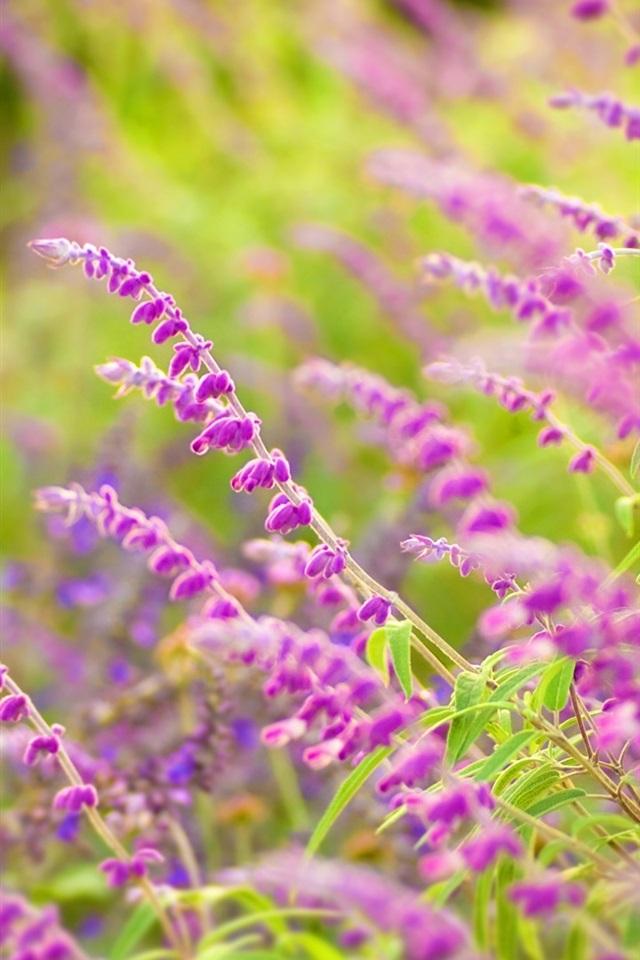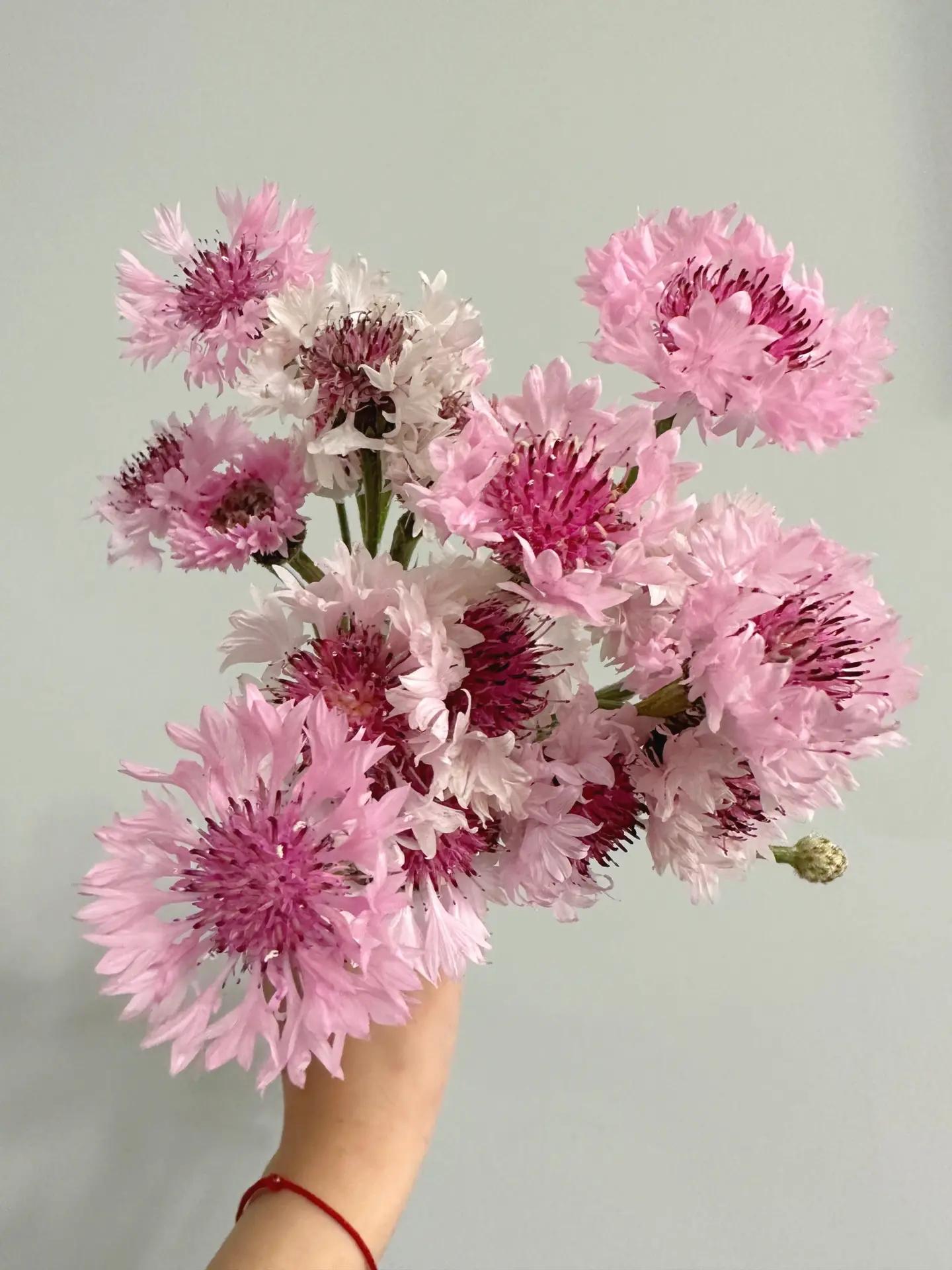Once upon a time, there was a plant called Daucus. It had a unique ability to change its color according to its surroundings. One day, Daucus found itself in a beautiful garden filled with vibrant flowers. Inspired by the colorful blooms, it transformed into a dazzling rainbow. People were amazed by its beauty and started calling it the “Chameleon Plant.” Daucus became famous and attracted visitors from far and wide. However, as the seasons changed, the garden withered, losing its colors. In an act of kindness, Daucus transformed into a pure white color to restore hope. This captivating plant reminded everyone that beauty lies not only in the vibrant hues but also in the resilience and ability to bring joy during challenging times.
Picture
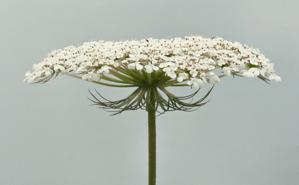
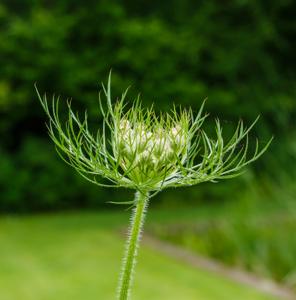
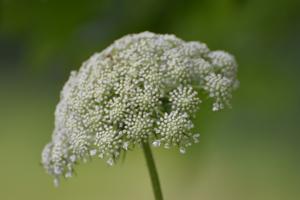
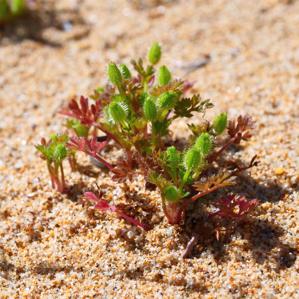
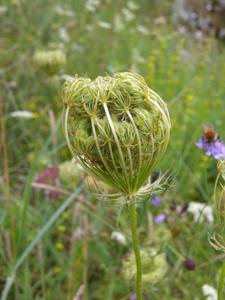
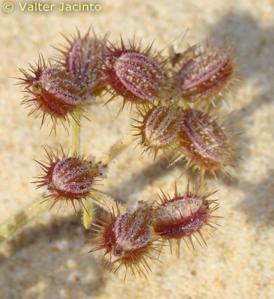
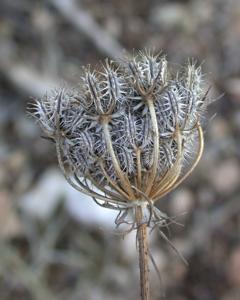
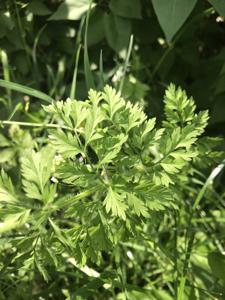
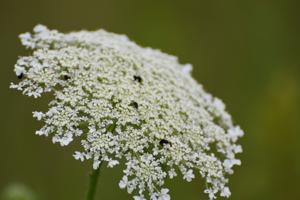
Plant some seeds now!
Short Description
Daucus is a worldwide genus of herbaceous plants of the celery family Apiaceae of which the best-known species is the cultivated carrot. Daucus has about 75 species. The oldest carrot fossil is 1.3 Ma, and was found on the island of Madeira in the Atlantic Ocean.
Description
Members of Daucus are distinguished within the family Apiaceae by their leaves which are 2–3 pinnatisect with narrow end sections. The genus primarily consists of biennial plants but also includes some annual plants and some perennial herbs. All Daucus have bristly stems. The inflorescences are umbels. The flowers are mostly white, with bracts and bracteoles. The petals may be pure white, reddish, pinkish or yellowish. They are emarginate above and have pointed, wrapped lobules. The petals are often unequal in size, with petals at the outermost edge of the inflorescence often being larger. The fruit is an ovoid to ellipsoidal schizocarp, cylindrical or compressed, with ciliate primary ribs and secondary ribs with a row of hooked spines. Some species have a small pale or white edible taproot, similar to a radish, which may or may not be bitter in taste.

